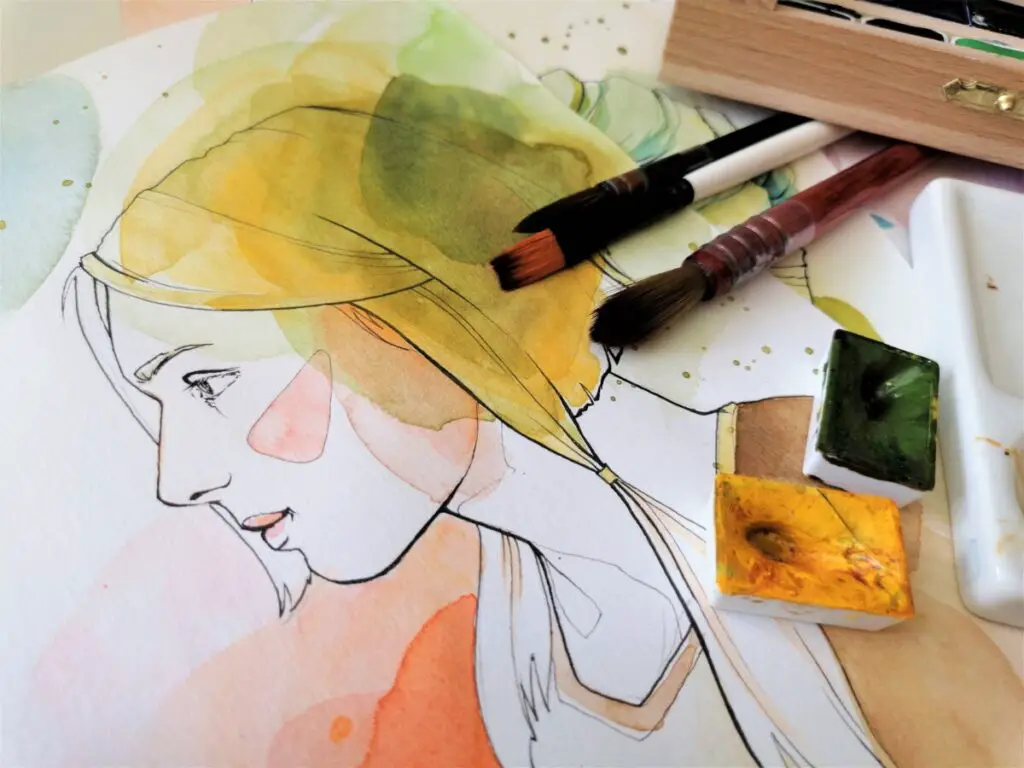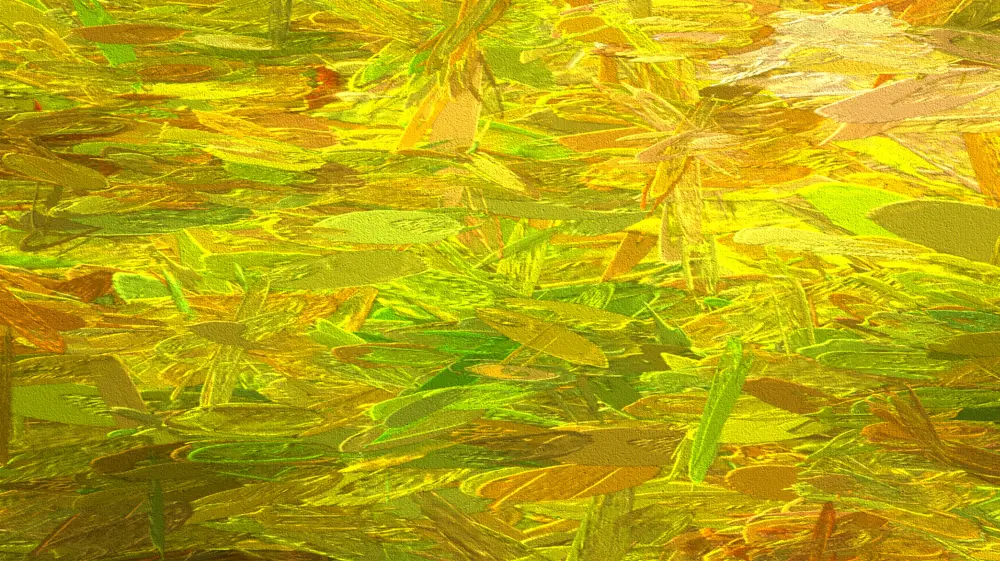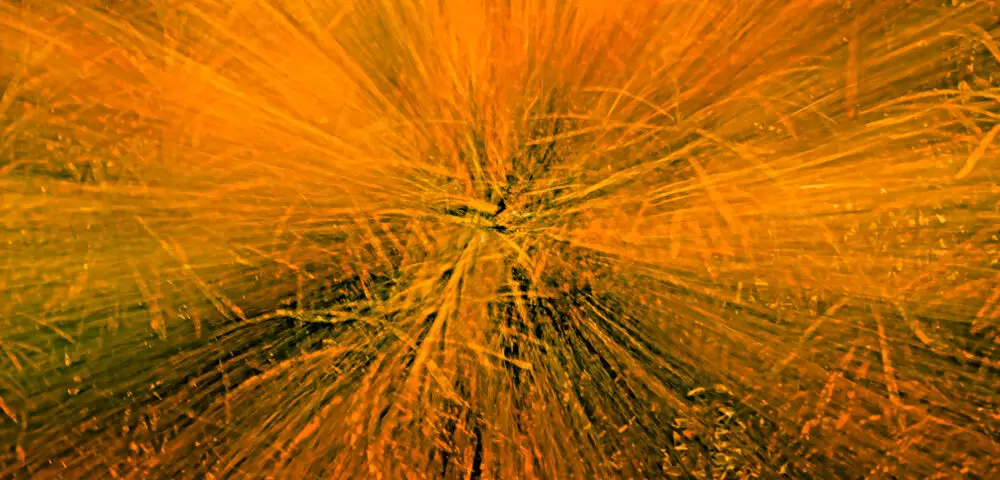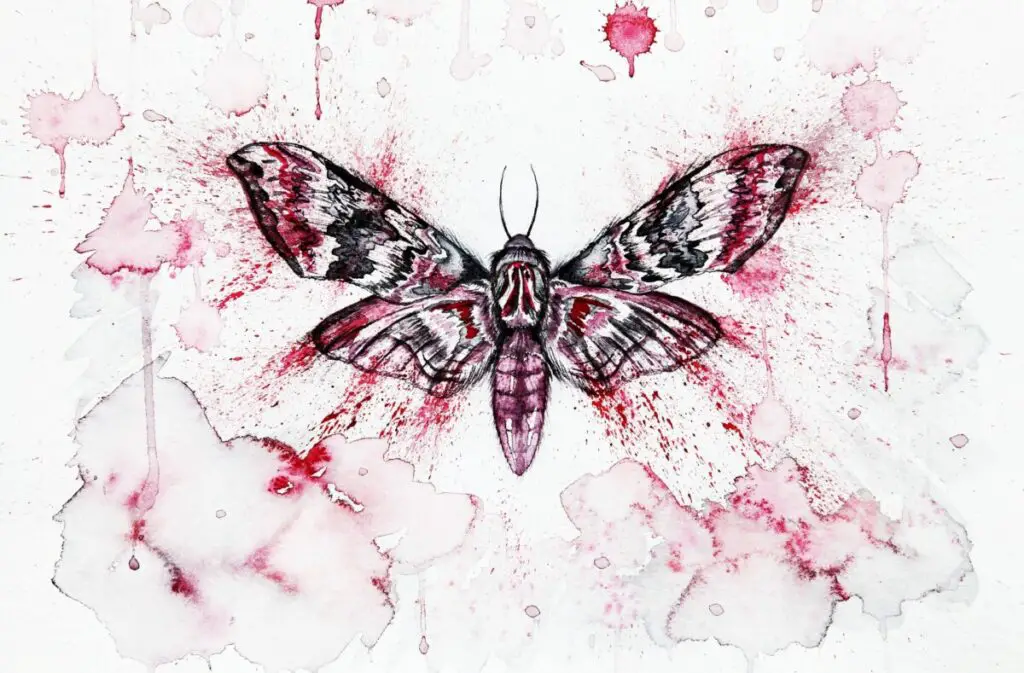|
Getting your Trinity Audio player ready...
|
Visual Art is one of the most powerful and influential creative mediums in society. Art has recorded disasters, wars, revolutions and other significant events throughout human history. And it impacts on every aspect of our lives.
What are the elements of Visual Art we see all around us. They appear as fundamental parts of our society and are ingrained in almost every facet of our daily lives.
In you want to view art as an artist you need to know the elements that make up a work of art. There are a number, but traditionalists are likely to focus on these 5 basic ones. Line – Shape – Colour – Texture – Space.
Even though I have an aversion to cliches, I do find them handy from time to time. So, rather than attempting to re-invent the wheel, may I recommend you read this excellent article I found. Written by Patina Lee, it is called – The Five Elements of Art – Definition and Examples.
In the meantime, I will continue with the fundamentals of Visual Art.
What are the Fundamentals of Visual Art?
Art is any work humans with ingenuity and skill create to express or elicit an emotional response through imagination or beauty.
the quality, production, expression, or realm, according to aesthetic principles, of what is beautiful, appealing, or of more than ordinary significance.
Dictionary,com
The world’s most famous museums, cathedrals, churches, and private homes, are filled with unique and extraordinary art, created by some of the most imaginative minds. We have extensive records of the many historical icons from the world of art. From Bruegel and da Vinci, to Dali and Raphael, artists have influenced and moved us, and left their mark on humankind.
Visual Art works have been influential throughout human history. They set the tone for artistic movements, established and pioneered fashion trends of their time, and dictated new artistic values.
Our world would be considerably less interesting without the evocative and beautiful contributions of visual artists and creative minds. Whether their medium is painting, drawing, or sculpture, visual artists enrich and deepen the human experience.
So, What is Visual Art?
Visual arts definition is not simply something attractive we can see. Yes, it encompasses anything created by humans that we can see, such as paintings, sculpture, and photography. But more. In the presence of visual art, we have a unique opportunity to look inside the artist’s mind, heart, and soul and feel what they felt.
Included in Visual art can be anything from a famed sculpture or painting in a museum, a mural on a building, a photo snapped with the latest smartphone, or even a scribbled crayon drawing by a small child.
However, the definition of Visual Art differs from one person to another.
For example, some believe that modern art is too obscure. As one highly debated art object, The Fountain by Marcel Duchamp indicates. The Fountain has often been the centre of conversations in the art world, about how visual art is seen and interpreted. In 1918 Mercure de France published an article which said that Marcel Duchamp’s Fountain, which is actually a porcelain urinal, represents a seated Buddha. While The Independent merely called it obscene.
Visual Art’s Role in Society
According to the Institute d’Études Supérieures des Arts, visual artists and creatives play a crucial role in society. In ancient times, painters and sculptors developed art in order to intimidate enemies or gain favour with the gods.
Now the role of visual art and artists in international society is different. Many visual artists use unusual mediums and ideas to share their stories. Bizarre though it may seem, Motoi Yamamoto began using salt for his art after the unexpected death of his sister.
Artists rely on their creativity, exceptional hand-eye coordination, and heaps of patience to create original and striking pieces. Visual Art conveys deep human emotion, takes on a myriad of different forms, such as matchsticks and 3D subjects, and it depicts the world around us.
Classifying Visual Art
What are the elements of Visual Art seen in mediums like drawing, sculpture, painting, architecture, and photography? By using a variety of mediums, artists have created many great works which stimulate us through an engaging visual experience. A gifted artist, whether intentional or not, can evoke emotions, such as joy and longing.
Decorative Art
Decorative Art is a sub-category of visual art. Sometimes known as crafts, decorative art is more utilitarian than other arts but still retains an artistic style. Decorative art includes furniture making, ceramics, textiles, interior design, and jewellery.
Other Elements of Visual Art
Modern visual artists use various mediums that were not previously considered art, like digitally created images as well as the abstract expressionist movement, which includes pieces created by art maestros, such as Jackson Pollock.
Different Types of Visual Art
Visual Art is divided into three basic sub-categories –
- representational art,
- non-objective art, and
- abstract art.
Abstract Art
Abstract artists draw inspiration and themes from reality. Then they present them in ways that vary from how we might see and interpret the subjects. Artists often do this by taking colours, shapes, and lines and transforming them. For example, it may include elements highlighting lines and colours, or forms that change the topic. For instance, Composition X by Wassily Kandinsky is an excellent example of abstract art.
Representational Art
Any work of art that displays plainly recognised or recognisable subjects is known as representational art. They can be paintings, sculptures, or drawings. Representational art is the most widely loved and universally renowned art form.
Artists often create works from real-life sources, such as wildlife and nature. It is a realistic art form that represents solid objects, nature, people, and animals. Famous examples of representational art include Rockwell paintings and Leonardo da Vinci’s Mona Lisa.
Non-Objective Art
While people sometimes confuse this art form with abstract art, Non-Objective Art is different since it takes nothing from reality and is developed for aesthetic purposes.
Non-objective art is usually geometric and aims to convey a sense of purity and simplicity. It has no recognisable subject matter. In most cases, the starting point takes nothing from visual reality.
Common Examples of Visual Art

Painting
Painting is one of the oldest and most conventional forms of visual artwork. Cavemen used berries, herbs, and other natural materials like earth which they turned into mud, to give colour and texture to the earliest artworks.
Since then, painters have used natural pigments and dyes for their art. Water paints, acrylic paints, and oil paints are popular mediums artists use to create stunning and beautiful paintings.
Sculpting
Sculptures are 3-dimensional pieces of art that sculptors carve from natural and artificial materials, such as clay, metal, and in some cases, even trash.
Photography
There are an amazing variety of sub-topics within Photography. Landscape, weddings, commercial, portrait, studio, macro – this list goes on. One of my favourite left field variations is Intentional Camera Movement (ICM).

This example is an ICM photograph of some shrubs in the garden, which I imagined as wall-art or cushion covers. So, I used it to create an abstract impressionist painting with Topaz Impressions software.
The beauty of ICM photography is there are no rules, so you can’t do anything wrong. It’s a personal creative process with absolutely no barriers, limited only by your vision and ideas. You don’t have to travel the world to find stunning locations, where the world and his wife will be trying to take the same photos as everybody else.
James King
Illustration
A modern type of Visual Art is illustration. It involves the digital creation of imagery and artwork and takes a tremendous amount of time and skill to learn.
Filmmaking
Filmmaking comprises a recorded film or video footage which is then edited and combined with a soundtrack to make a movie. It may be written and rehearsed, or the footage can be unrehearsed or live events.
How to get started in Visual Art
There are several paths a person can take to pursue a career in Visual Art. You could join a local pottery class, attend an art history program at night school, or study art history at an art college.
The subject is so broad and there are many options.
Drawing and our imagination are the basis of art and the place where we all start as children. So, however basic, any experience a person has with drawing in a sketchbook will be of great benefit whichever medium they choose.
Understanding the elements of visual art and learning about the tools and materials is crucial. Also, studying art and observing how artists and creative people work is educational and enlightening.
Final Thoughts
Visual art is ever-evolving. It includes everything from traditional paintings of still life and murals to a urinal, such as The Fountain by Marcel Duchamp. We all view art differently, and apart from enhancing our everyday lives, it is a source of inspiration, joy, happiness, and reflection, however you may be involved.


